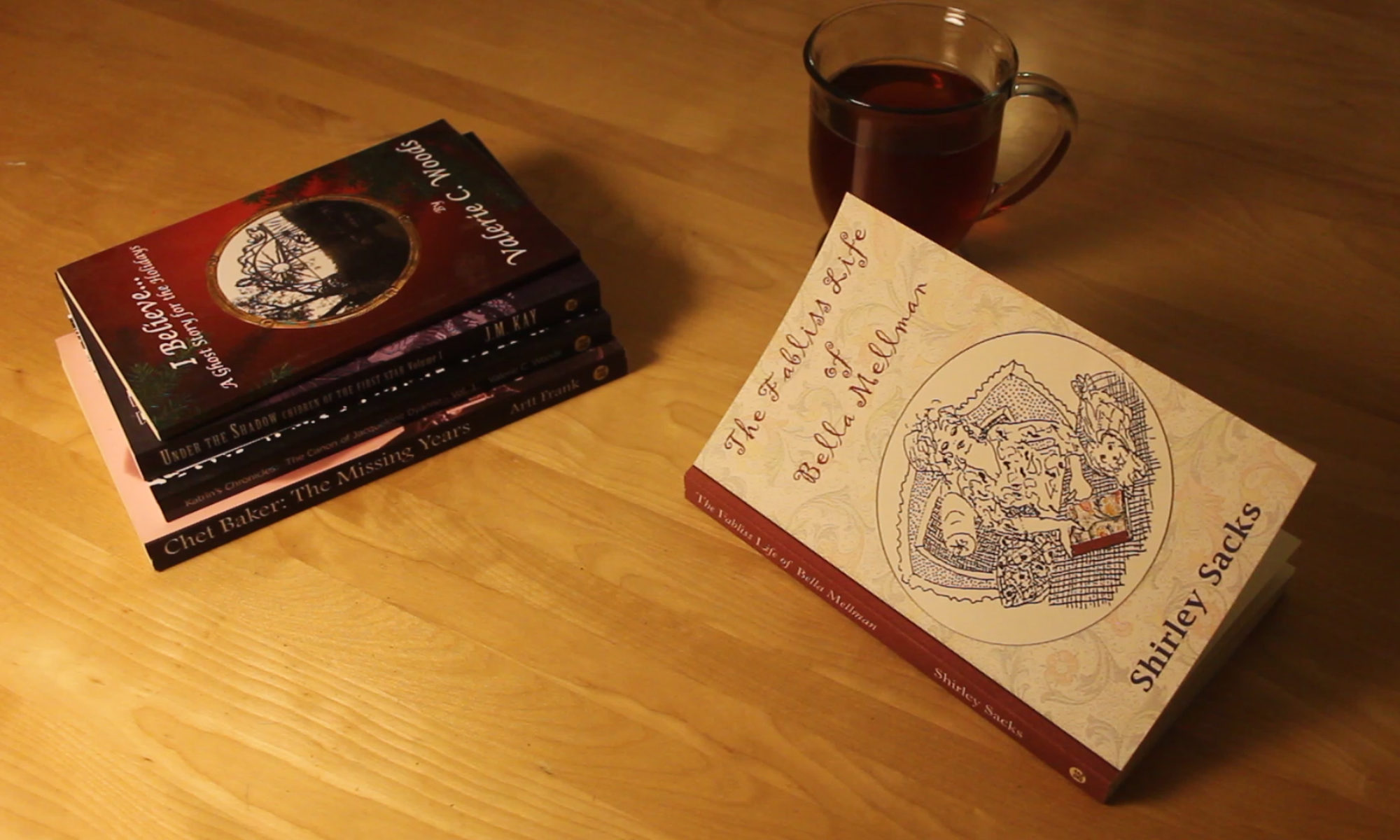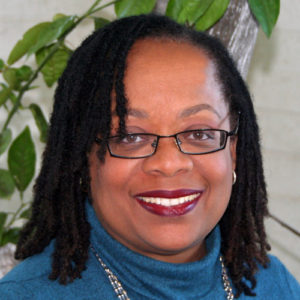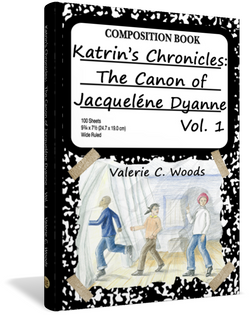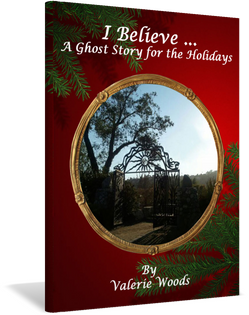An avid reader while growing up on Chicago’s South Side, Ms. Woods began writing when, as a struggling actress in New York, she couldn’t find suitable audition material for women of color. This led her to write a book of audition monologues, Something for Everyone (50 Original Monologues). The book was initially self-published and is now published by renowned theatrical play publisher, Samuel French, Inc. After adapting an average play into a better screenplay, Ms. Woods was awarded a Walt Disney Screenwriting Fellowship and followed that up with writing and producing on network and cable drama series such as Under One Roof, Touched By An Angel, Promised Land, Any Day Now and Soul Food. But fiction, her first love, compelled her to enter the world of prose. She had always written bits of fiction, short stories and a little poetry here and there.
In November 2012, Ms. Woods founded BooksEndependent to support her work and the work of other new, independent authors of fiction and non-fiction.
The first title was Ms. Woods’ novella, I Believe… A Ghost Story for the Holidays.. Then, what began as a gift became her second publication.
Several years ago, needing a birthday present for her sister, Ms. Woods wrote a short story about a girl detective — a highly fictionalized autobiography of the adventures she and her sister experienced in childhood. Another story was written for Christmas, then one for Mother’s Day. That’s when Ms. Woods realized she was writing the kind of novel she and her sister would have loved to read as children, but which didn’t exist – the adventures of African-American Girl Detectives!
The result, Katrin’s Chronicles: The Canon of Jacqueléne Dyanne, Vol. 1 , is now available in paperback and Kindle edition at www.Amazon.com
Books
Q&A
Valerie C Woods (VCW): Both forms of writing require specific writing skills. What’s common to both is telling a good story. When writing for television the storyteller utilizes dialogue, great characters, action and interesting settings to convey the complexities of the story. And though dialogue is very important, television is a visual medium.Whenever possible, “show” rather than “tell” the audience. The writer needs to know what will successfully play onscreen, in a visual sense, and what is better played in dialogue. And also, write in such a way that the director, the actor’s, casting, set design and everyone else involved in bringing it to the screen can visualize the world from your script.When writing a novel, the work of the author is to use prose to create the entire world in the mind’s eye of the reader. The author does the casting, set design, special effects, location scouting, directing, the reshoots, editing (at least the first pass!), all with the power of prose.I remember the first time I was on set for a script I’d written. It was wonderful to see it come together, often just as you imagined. And, I love hearing from readers who became immersed in a world I’d created in a book. It’s all good!
BE: Did you read a lot as a kid? Have you always been interested in “genre” (mysteries, SciFi, fantasy, etc.) material? Name your favorite book and author from when you were Katrin’s age, and explain why it appealed to you so much.
VCW: As a child, reading was one of my favorite pastimes. I saw my share of television, too. But it wasn’t until I was an adult that I realized my mom limited our television viewing. Television was never our “babysitter.” But we could read to our heart’s content. And although we were athletic and active kids, especially in the summertime, some of my best memories are about sitting on our back porch reading. One time, I was there reading a book called “The Sherwood Ring” – about a modern day girl on a lonely estate where she becomes acquainted with the ghosts of her colonial ancestors. I was so completely in that world, I had no clue my picture was being taken, until my sister showed me the photograph.
I never thought of myself as having an interest in “genre” material, but when I look at my childhood reading list, then I guess that’s exactly what I read. Aside from literary classics like “The Adventures of Tom Sawyer” or “The Secret Garden,” there were my genre favorites, like “A Wrinkle in Time,” “Encyclopedia Brown,” Sherlock Holmes, Agatha Christie, The Merlin Trilogy, Nancy Drew, Harriet the Spy. And I remember the first book I read that didn’t have illustrations was called “The Ghost.”
And, looking back to the 1960s, I also realize the absence of adventure stories featuring people who looked like me. I didn’t question it then, but now, I’m like, where are the black girl detectives? That’s one of the main reasons why I wrote Katrin’s Chronicles. The other is that I needed a birthday gift for my sister, so I wrote her a short, and wildly exaggerated, story about us growing up.




